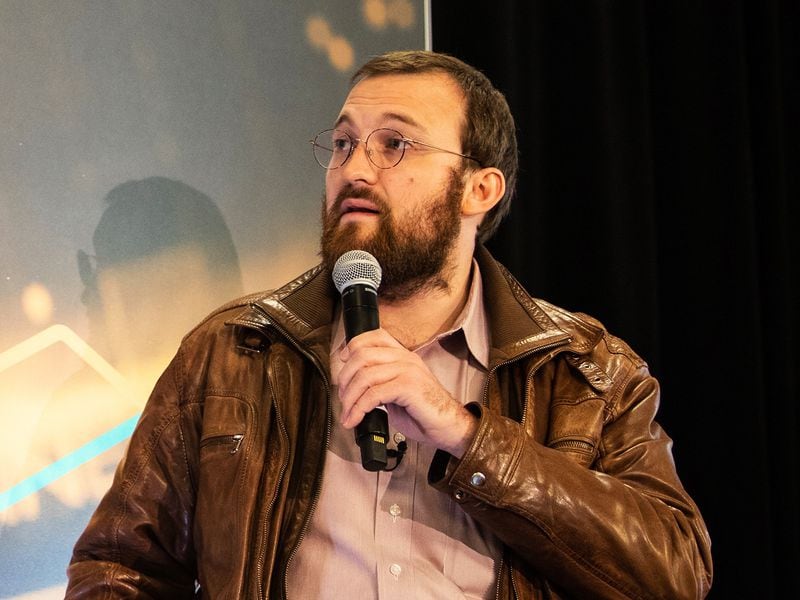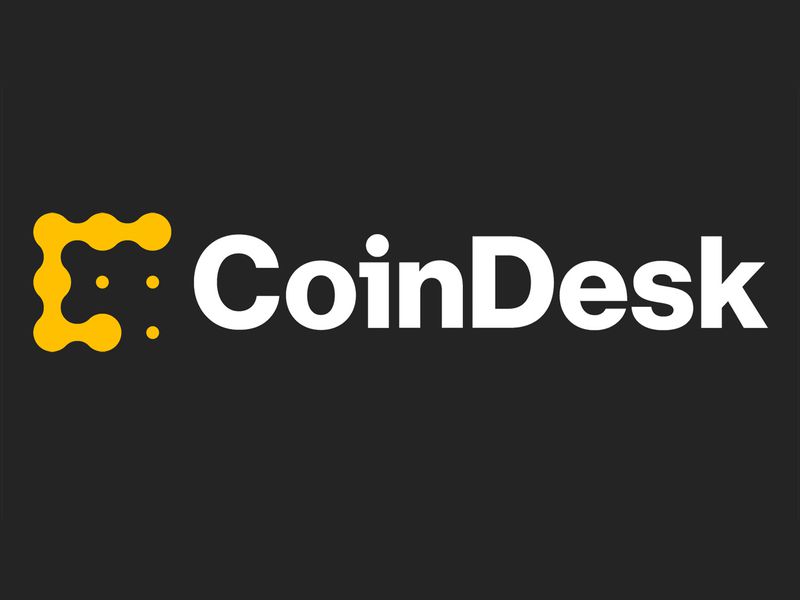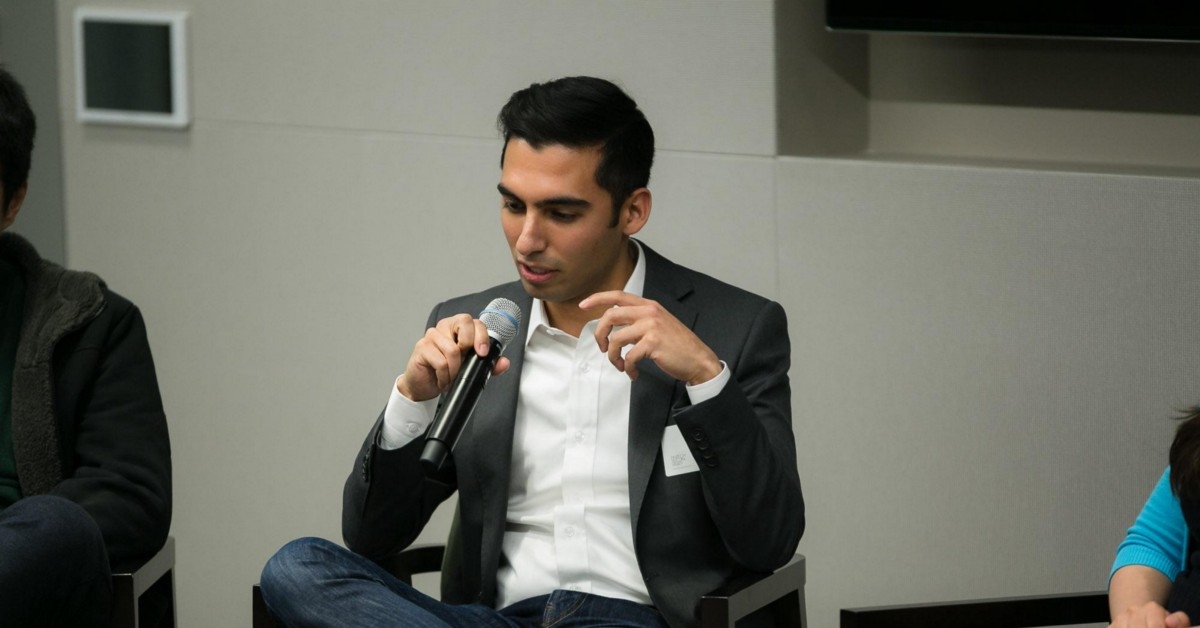Ethereum-Based Domain Protocol ENS Seeks Own L2, Possibly With ZkSync
Ethereum Name Service (ENS) Labs, the company behind the ENS domain name protocol, proposed Tuesday to go through a complete architectural redesign that would turn the network into a layer-2 blockchain.
The proposal, dubbed “ENSv2,” will overhaul the project’s registry system as part of the transformation into a layer 2, which is an auxiliary network that provides cheaper transaction fees that can then be settled to the base blockchain, Ethereum.
ENS Labs Executive Director Khori Whittaker said in an interview with CoinDesk that the project was leaning toward using technology from the layer-2 chain-development kit ZK Stack from Matter Labs, which also was the primary developer behind the layer 2 zkSync.
The new initiative by ENS follows a new blockchain trend, where some protocols atop Ethereum and even some alternative layer-1 blockchains are migrating to become layer-2 networks, to address needs of their communities, such as the desire for cheaper fees or customization. Earlier this month, the layer-1 chain Celo concluded an 8 month search for its new layer-2 home, settling on Optimism’s technology to help propel them.
“I want us to get the gas price as close to zero as possible,” said Whittaker. “So I’m excited about tons of activity using ENS names and ENS profiles.”
Prioritizing privacy, security
ENS, founded in 2017 by former Ethereum Foundation employees Nick Johnson and Alex Van de Sande, is designed to map cryptocurrency addresses – typically consisting of long strings of letters and words – to human-readable names like “Alice.eth.” In its current configuration, the protocol exists merely as smart contracts atop Ethereum.
The team spent some time looking at layer-2 technologies from Arbitrum, Optimism and zkSync before settling on Matter Labs’ ZK Stack, Whittaker told CoinDesk. ZK Stack is a customizable software toolkit that lets developers spin up their own chains based on zkSync’s technology. A key component of the ZK stack is that it uses zero-knowledge proofs, a type of cryptography that’s one of hottest trends in blockchain.
Many of the leading layer-2 projects have their own customizable stacks, like Polygon’s CDK which is home to OKX’s layer 2 “X Layer,” and Optimism’s OP Stack which is home to Coinbase’s “Base,” and Worldcoin’s “Worldchain,” in addition to Celo.
While assessing which stack to pick, privacy and security were at the top of the list, Whittaker said.
“From my perspective, that’s what I’m looking at the various L2 stacks,” Whittaker said.
With the release of the proposal, the ENS DAO – the decentralized governing body behind the ENS protocol – will vote on whether it approves the changes, kicking off a period of back-and-forth dialogue.
“That’ll probably take two months or so for that whole process to go, and then once we’re all aligned and we get the thumbs up, then we’re off to the races to build,” Whittaker said.









